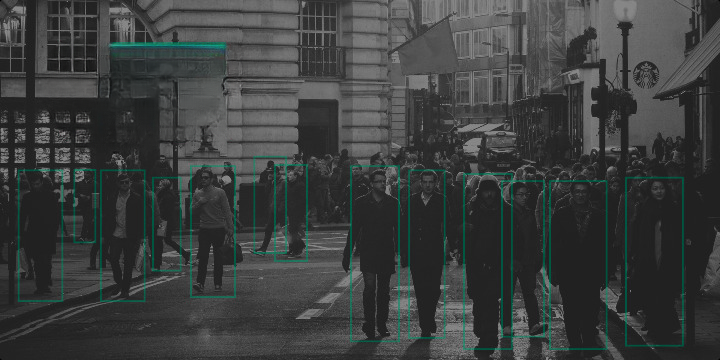Forbes: Metro Wi-Fi Provider Aims to Recognize Emotions on Public Transport
The Maxima Group, which develops public Wi-Fi networks on transportation in Moscow and St. Petersburg, has acquired two startups specializing in industrial platforms for photo and video recognition and processing using computer vision technologies. The companies involved are iPavlov and “AI Systems.”
According to Forbes, in December of last year, “AI Systems” received a patent for a personal identification system called “Vzor.” The patent description states that this program is designed for “analyzing passenger traffic in the subway.” The technology can detect faces in general video streams, track individuals from camera to camera, determine gender and age, as well as recognize and match them in databases.
Loran Akopyan, CEO of iPavlov, told Forbes that iPavlov and “AI Systems” are part of the same group of companies. According to him, “Vzor” is a system developed for critical information infrastructure (CII) facilities.
“Vzor” is just one of the subsystems of the EYE Platform, an industrial platform for recognizing and processing photo and video images based on machine vision technologies. Akopyan says that “Vzor” is currently being piloted at several transportation sites. This system pre-processes video streams according to various parameters and “can determine a person’s mood, distinguishing between someone who is upset and someone who is aggressive,” he explains.
The technology also enables predictive responses to potential incidents, Akopyan continues: “The system acts proactively: when it receives an alert (for example, a fire), it sends a signal to the security desk. If there is no response, the system escalates the alert to higher authorities.”
Nikita Nazarov, CTO of HFLabs, notes that iPavlov’s development partially overlaps with the facial recognition solution from VisionLabs, which is already used in the Moscow Metro, including for FacePay. “Essentially, both use the same technologies. This could lead to increased competition between the two players. However, it’s also possible that Maxima will use ‘Vzor’ in other segments,” the expert suggests.
For example, this technology could be used to monitor passenger flow by identifying the most popular routes, understanding how people choose their paths from point A to point B, says Kirill Ladygin, a representative of 3iTech, a developer of speech processing and unstructured data analysis solutions. The system could also be used to find missing or wanted individuals, and for law enforcement purposes—to track groups of people moving from one location to another using different types of transportation, he concludes.



